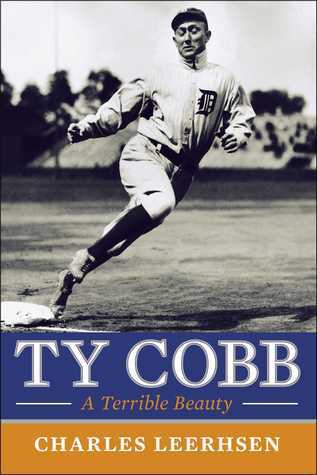What do you think?
Rate this book


404 pages, Hardcover
First published May 12, 2015


Cobb has nine styles of slides in his repertoire: the hook, the fade away, the straight-ahead, the short (or "swoop") slide ("which I invented because of my small ankles"), the headfirst (which he never completely abandoned), the Chicago slide (referred to him but never explained), the first base slide, the home plate slide, even one called the cuttlefish slide, so named because he purposely sprayed dirt with his spikes the way that cunning squidlike creature squirts ink. pg. 205
